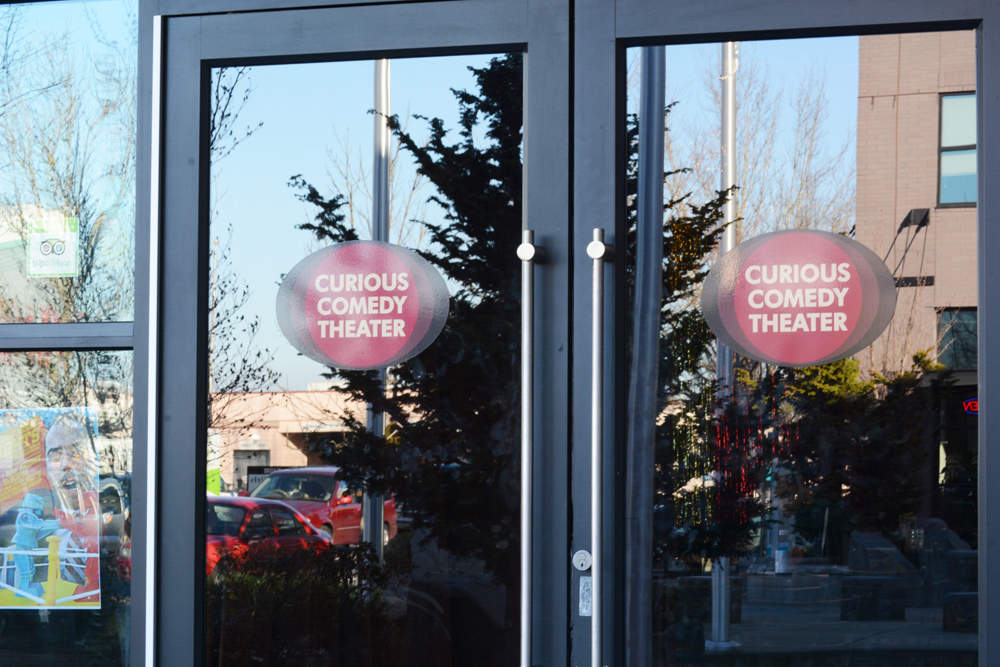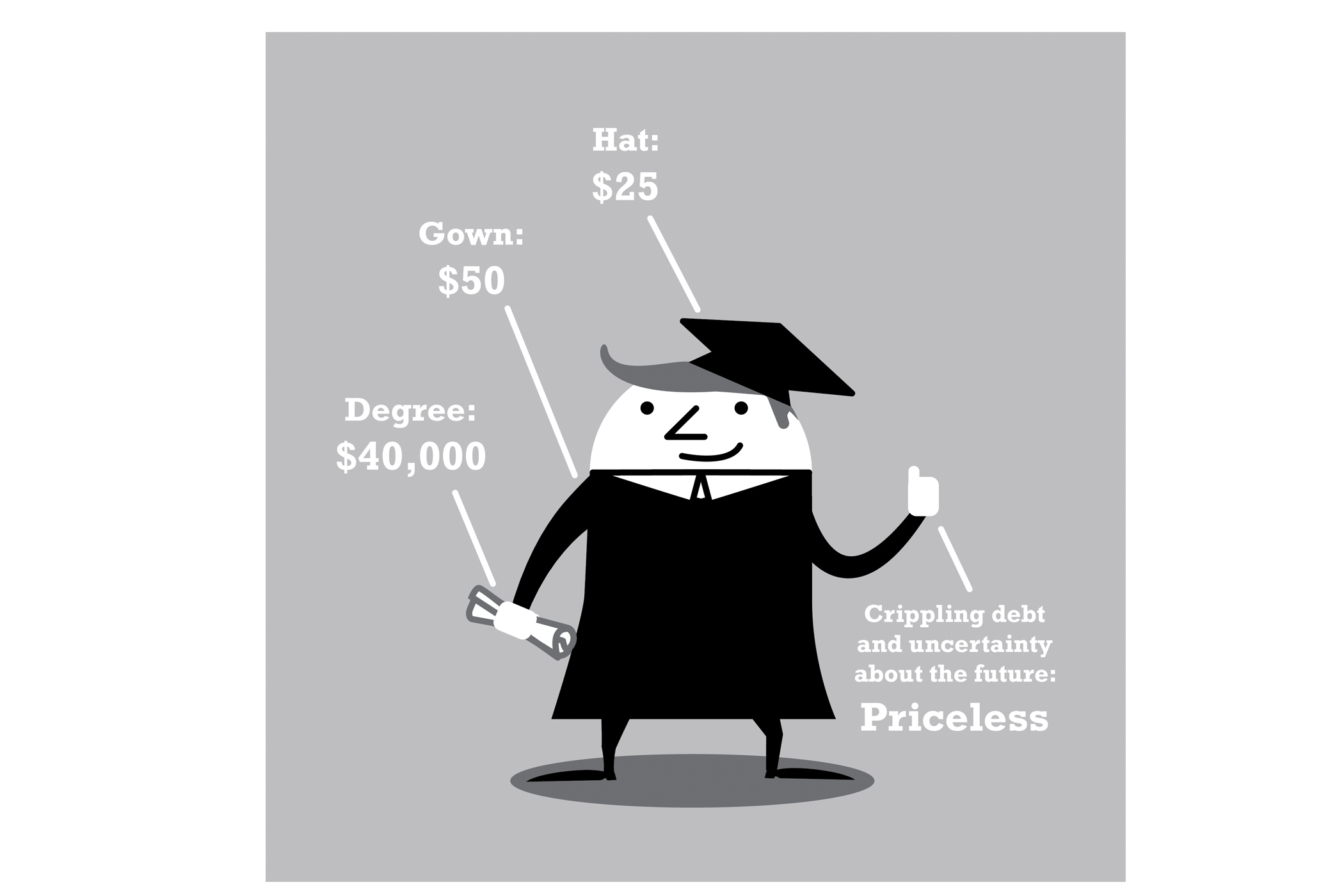From quad-vods to family nights smoking cigars and dipping churros in chocolate sauce, four Portland State students describe what a typical night out looks like around the world and how it differs from nightlife in Portland.
Sheffield, England
It was a typical Thursday morning and student Anna Conner watched as fellow international students rushed to change out of their white button-downs and ties from the night before in order to make it to lecture on time. Wednesday nights in Sheffield are “Corp Nights,” a reference to one of the most popular nightclubs in town, Corporation.
On Wednesday, the club gives discounts to students as long as they are wearing the traditional English school uniform of a white button-down shirt and a tie. Conner explained that a night out at Corp was always a night in which you were planning on getting wasted. For example, the signature drink is called a quad-vod—four shots of vodka mixed with a bright blue energy drink that, when accidentally spilled, leaves a lot of the white button-downs looking less than school uniform appropriate.
According to Conner, while some students left the club earlier in order to squeeze in a few hours of sleep before lecture started at 8 a.m., there were handfuls of students who had just left the club, giving themselves only enough time to change into new clothes for the school day. One of the biggest differences in night life abroad that Conner noticed is the timing of a typical night out in the United Kingdom.
In Portland, Conner imagined a typical night out lasting from about 9 p.m. and ending no later than 2 a.m., since that is last call at bars in Portland. However, in Sheffield, most bars and clubs stay open until 5 or 6 a.m. “Pre-drinks—they don’t call it pregaming,” Connor explained, “It’s always pre-drinks—those don’t even really start until like 10 p.m. Most people don’t leave their flat until midnight.”
Conner attempted to try the nightlife culture a handful of times while abroad, ultimately deciding it wasn’t really her scene. “I traveled quite a bit around Europe while I was abroad, but the United Kingdom, from my experience, is maybe one of the most intense places to go out and participate in nights out,” Conner said.
While the crazy clubs and bars might not have been Conner’s ideal night out, she said there is another option for those not attracted to the idea of stumbling into a lecture straight after a night of binge drinking. “A pub night is much quieter,” Conner said. “That’s going to be closer to the hours I think Americans are comfortable with because pubs usually close at like 11:30 p.m. or 12 a.m.”
Conner said pubs drew her in more with the calmer environment, the option to have food while drinking, as well as the addition of televised sporting events and trivia nights. “Pubs are more occupied by middle-aged men,” Conner said with a laugh. “But that’s the kind of scene that I’m comfortable with.”
Quezon City, Philippines
Evening fell in Quezon City and student Amy Klein and her family crouched into the sidecar of a motorcycle to get to the local shopping center. According to Klein, this “trike” is a common mode of transportation. “It’s like a taxi,” Klein said. “It’s so fun, but sometimes you feel like you’re going to die. [There are] no traffic rules there and you’re in this little, dingy, metal sidecar.”
Around town, young boys played basketball at local parks and Klein recalled her dad going to smoke a cigar with other family members over a drink. However, for anyone in their teens to early twenties, the shopping center is the place to be. “Quezon city has a few all boys schools, all girls schools and two colleges, so it’s a lot of young people,” Klein said.
For the most part, Klein described the atmosphere of a night out as much more laid back than ones she has experienced in Portland. “Everyone’s just out eating food, dinner and then dessert,” Klein said. “There’s an arcade, there’s the movie theater, there are outdoor grass areas—all at the shopping center.”
After arriving at their destination, Klein would head to her favorite dessert place. Inside, groups of friends gathered around tables sharing churros and dipping them into chocolate sauce. “You see groups of girls and it’s really cute, young girls like 15, they walk and they all hold hands,” Klein remembered. “Friendship is so different to them there than it is here. These girls grew up going to school together forever and they’re all walking around hand-in-hand, giggling.”
Compared to a night out in Portland, drinking culture is extremely different in Quezon City. Although Klein spent a majority of her time there with family and not really experiencing nights out, she still believes that type of culture doesn’t really exist there. “It’s very family-oriented for everyone there,” Klein said. “I don’t think they really go clubbing with their girls. For example, I do have friends there who are our age and I see their snapchats of them drinking, but it seems very innocent.”
According to Klein, there are no house parties, and from what she saw walking around there doesn’t appear to be many clubs. Klein believes this is because of the heavy influence of Catholicism in their culture. The most intense nights out Klein witnessed may have been a group of close friends drinking in their house. “They’re all very strict there. It’s very Catholic, so that’s not a thing they do,” Klein said. “They’re not going wild.”
Koror, Palau
“They like to get crunk,” student Neal Ngirarois said of his family’s home country, Palau, located in the western Pacific Ocean. “Everybody just goes to the club and dances.”
A big difference Ngirarois noticed is the age difference between those who typically go out drinking in Portland compared to who goes dancing in Palau. From cousins ages 12 and 13 to aunts and uncles getting down in their 50s and 60s, Ngirarois said everyone spends their nights out clubbing there. “They start in middle school,” Ngirarois said. “I don’t know if that’s right, but that’s what they do. All ages.”
Ngirarois has spent most of his time in Palau on the main island, Koror. When his dad tells him stories of living on the island he remembers playing guitar at the club while everyone danced. “My pops was popping back in the day,” Ngirarois said, but he thinks it is just part of the night-life culture there. “I mean, it’s in the middle of the ocean, so you can’t really do anything else.”
Buenos Aires, Argentina
As the sun started to rise around 7 a.m., student Lee Baker crawled into bed, ready to finally fall asleep after a long night trying to keep up with the bustling city nightlife of Buenos Aires, Argentina. “I’ve never stayed up that late before,” Baker said with a laugh. “I want to say that the place we went didn’t even open until like midnight or 1 a.m. and probably closed at 8 a.m., but we definitely didn’t stay that late.”
Baker was not used to the timing of a night out in Buenos Aires after being accustomed to nights out in America ending much earlier. Regardless of the exhaustion of partying until the late morning, Baker remembered the clubs were nonetheless packed all weekend long. “If you want a night out, you go to the club,” Baker said. “Judging by the amount of people that were at the club leads me to believe people don’t really go to bars, you just go to a club.”
Other than the timing difference, Baker noticed a much wider age range participating in the club scene than he felt was typical in the United States. “It was weird to see a wide range of ages,” Baker said. “It wasn’t just young people. Anywhere from 18 and younger, like 16 or 17, all the way to late 30s early 40s.”
Baker didn’t think the drinking age in Buenos Aires was as enforced as it is in the U.S. While there were bouncers at the doors, Baker felt they were mainly there for security reasons as he only had to show his ID once throughout the entire night.
According to Baker, if you weren’t one of the people packing into the clubs you were most likely already leaving work and heading for the trains out of the city and toward home. “The trains are packed at a certain hour with commuters, and after that it’s just dead,” Baker said. “It’s immediate. The city is full of people one second and then these alleyways and little streets, around like 8 or 9 p.m., were just empty like ghost towns.”
During his time in the city Baker discovered the utility in communicating with hand gestures and impromptu sign language. “I thought I had more knowledge about Spanish before I went,” Baker admitted. “It was like a reality check for me on my Spanish.” While he was able to manage some Spanglish in order to communicate with younger individuals, his English was a lost cause when trying to communicate with the older people in the club. “It’s not even that you don’t know what the word is,” Baker said. “It’s just that they talk so fast. Then you throw drinking into the matter. I really learned how easy it is to communicate with numbers and fingers.”






